Easy Solutions to Fix The Error 0x800F0922 on Windows 10
- Home
- Support
- Tips Data Recovery
- Easy Solutions to Fix The Error 0x800F0922 on Windows 10
Summary
Struggling with the error code 0x800F0922 during a Windows 10 update? You're not alone. Dive into our comprehensive guide to understand the root causes of this issue and explore a variety of reliable solutions to resolve it. Plus, we'll walk you through the steps to recover any data that may have been compromised during the update process. Get your system back on track with ease and confidence.
Table of contents

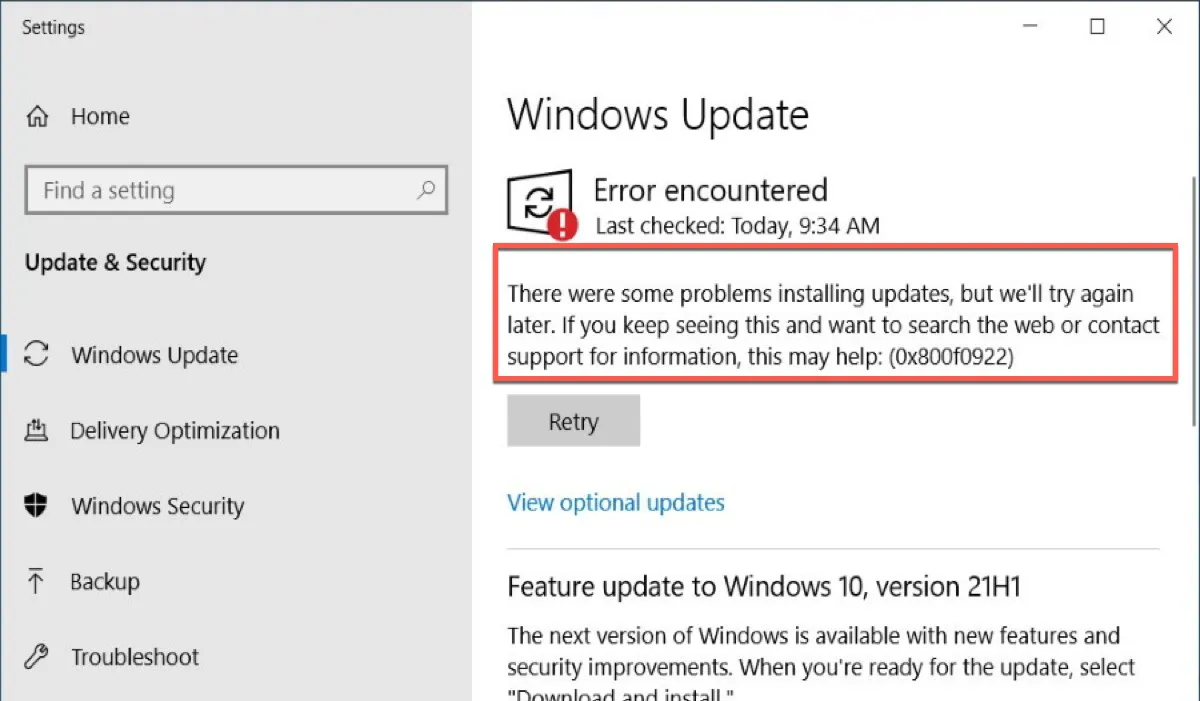

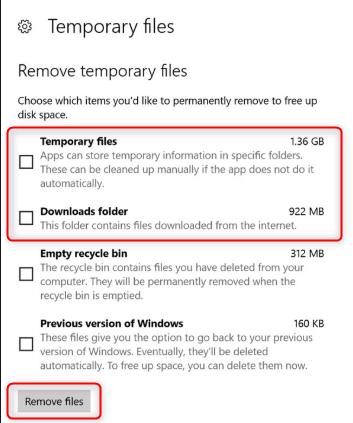
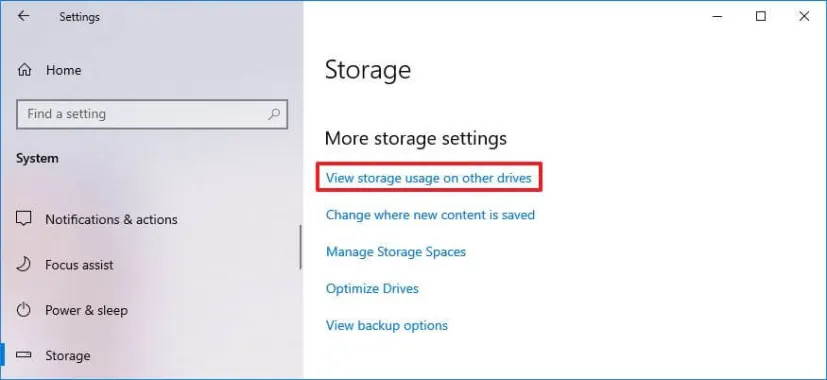
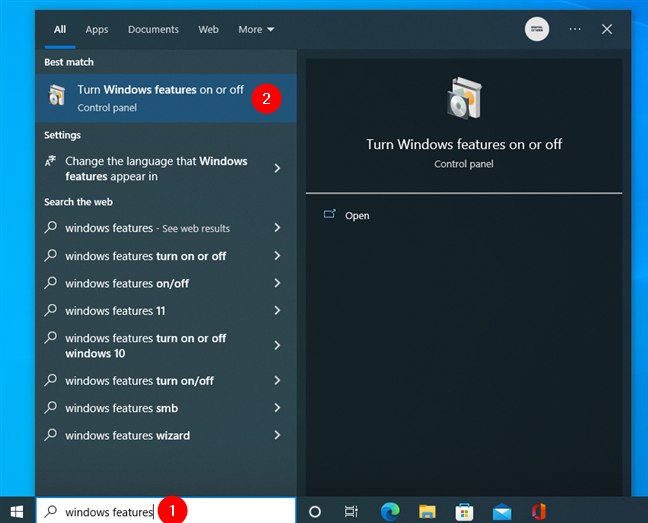
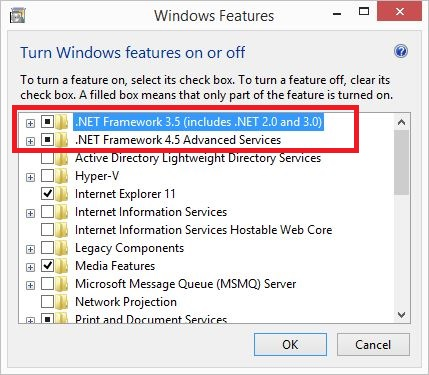
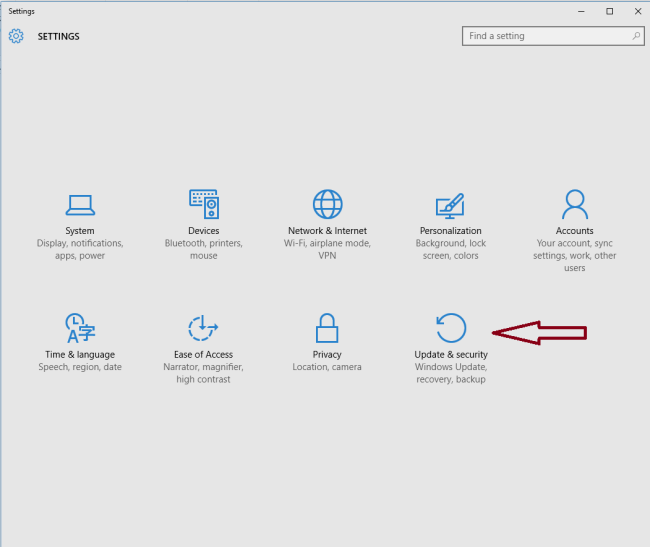
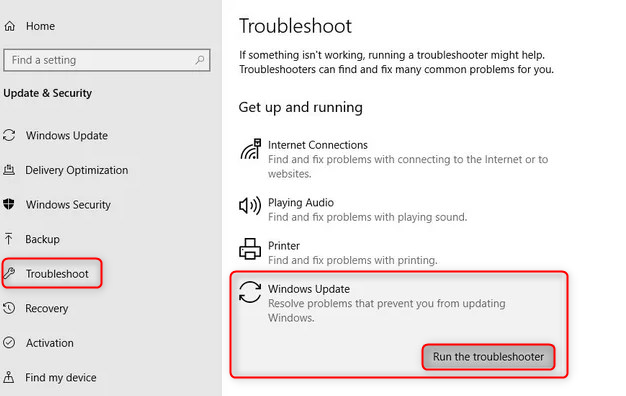
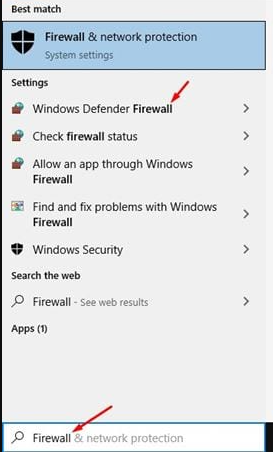
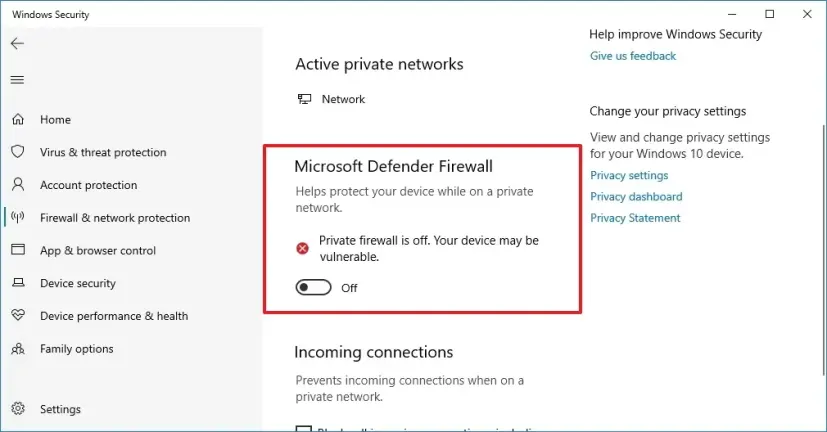

Easy to use Recover data by 3 steps;
Multiple scan modes Fast partition scan, whole partition scan and whole disk scan;
Supported file types Image, video, audio, text, email and so on;
Image creation Create a partition image to read and back up data;
Supported devices SD card, SDHC, SDXC, USB flash drive, hard disk and computer.
Easy to use Recover data by 3 steps;
Multiple scan modes Fast partition/whole partition/whole disk scan;
Supported devices SD card/USB/hard disk.
Free TrialFree TrialFree Trial 800 people have downloaded!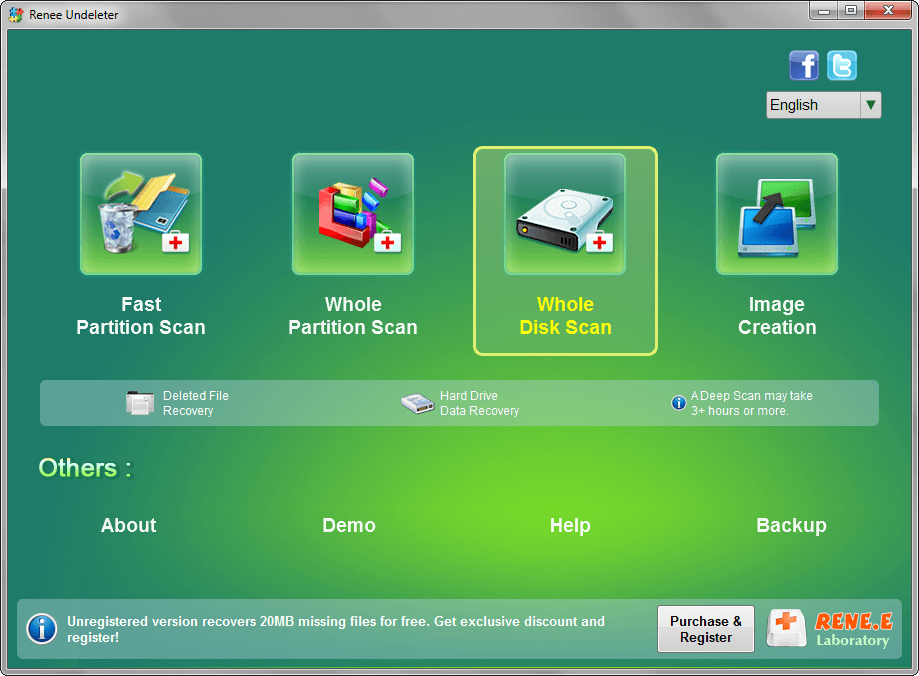
- Fast Partition Scan: Recovers files swiftly after accidental deletion or when emptied from the recycle bin.
- Whole Partition Scan: Restores files from partitions that are inaccessible or have been formatted.
- Whole Disk Scan: Compiles partition details for an exhaustive disk examination.
- Image Creation: Produces a partition mirror image for secure backup, enabling data recovery from the image itself.
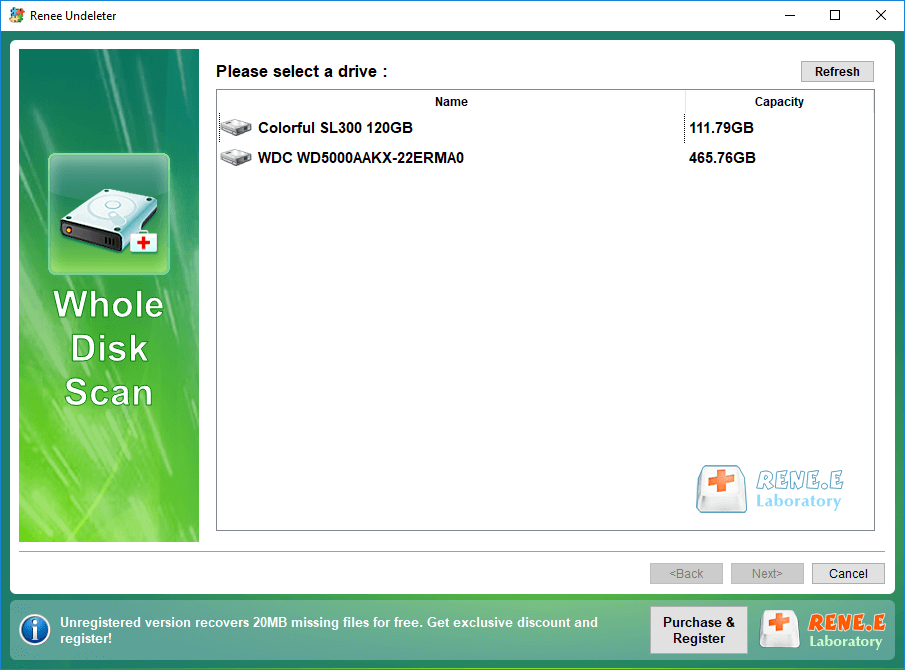
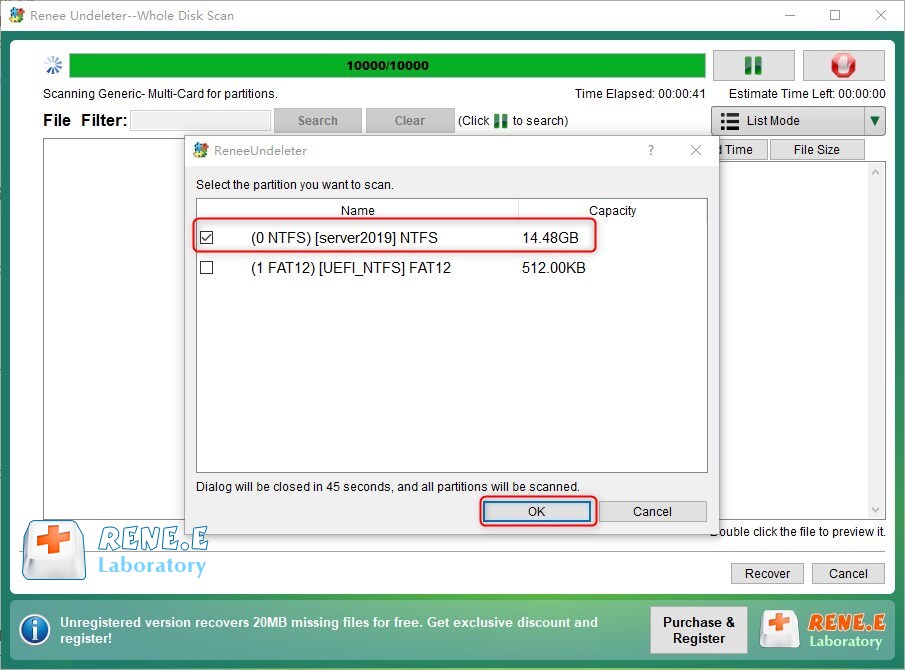
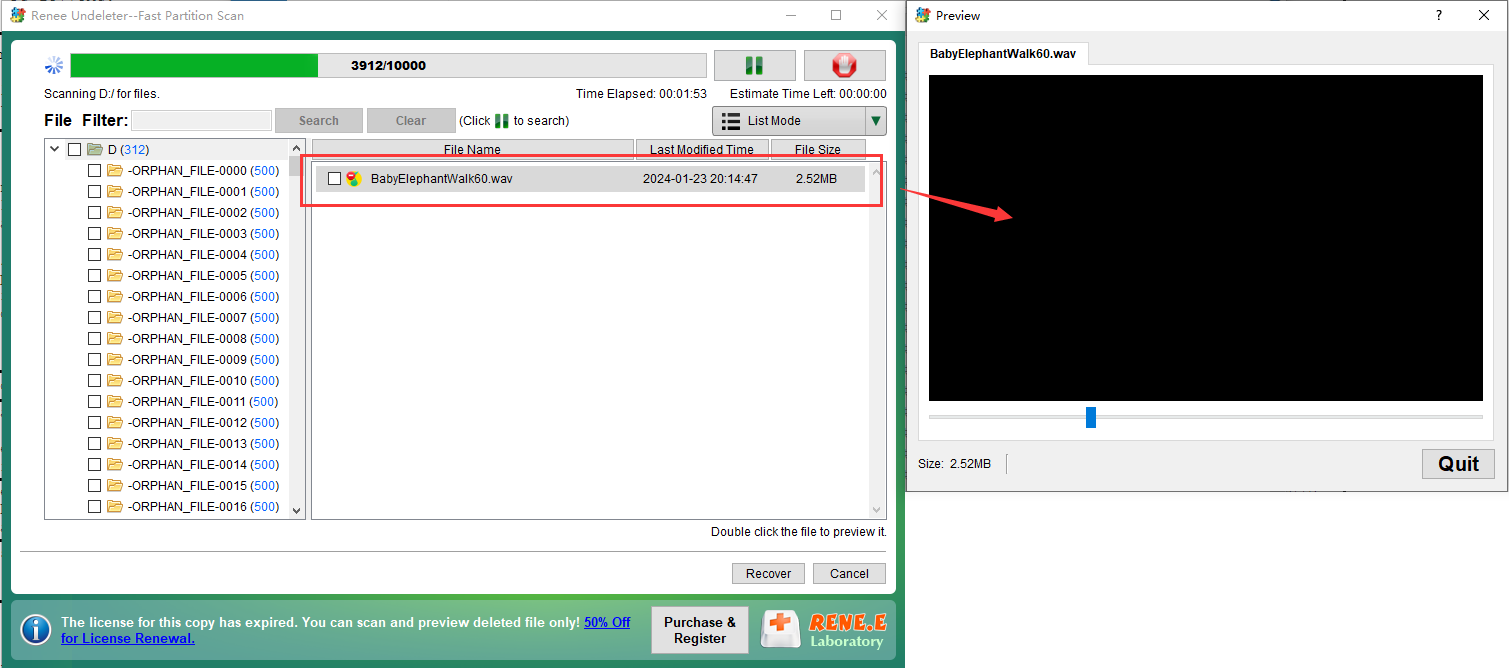

Relate Links :
How to Fix When Files on SD Card Not Showing up on Android?
27-12-2021
Amanda J. Brook : Sometimes, the SD card files are not showing up on Android. How can we solve the problem? In...
How to Fix GoPro SD Card Error?
14-09-2024
Ashley S. Miller : Some people meet with the GoPro SD card errors, such as “NO SD” and “SD ERR”. In this...
Solutions to SD Card Unexpectedly Removed on Android
24-12-2021
Jennifer Thatcher : Some Android users complain that they always receive the notification saying that the SD is unexpectedly removed. In...
How to Fix Corrupted SD Card on Android?
16-12-2021
John Weaver : SD card is used in various devices, phones, cameras and video games. How to fix the corrupted SD...
- I. What are the common causes of error code 0x800F0922?
- II. How to fix error code 0x800F0922?
- 1. Check and clean up disk space
- 2. Enable the .NET framework
- 3. Run the Windows Update Troubleshooter
- 4. Turn off the firewall
- III. Recover lost files with Renee Undeleter
- 1. What is Renee Undeleter?
- 2. How to recover lost files with Renee Undeleter?




